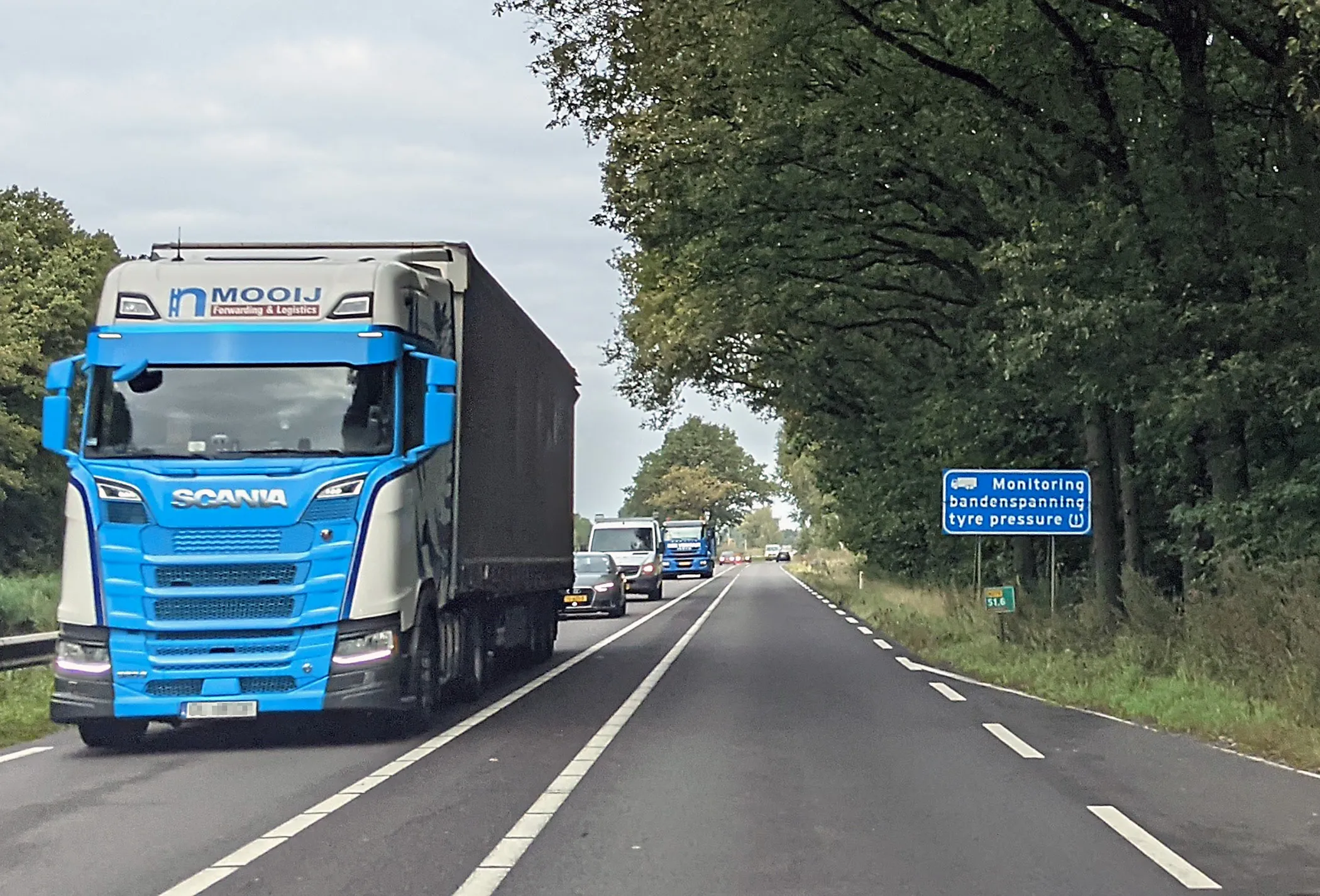A new study from Sweden’s National Road and Transport Research Institute (
The tests were carried out in Sweden at Arlanda Central station beneath Arlanda Airport and in the Söderleden road tunnel in central Stockholm. The results indicate that the environment of the studied railroad tunnel is characterised by peaks in coarse particle concentration. Some trains can be tied to emissions of ultrafine particles which consist mainly of iron, with lesser amounts of copper, zinc and other metals.
The main focus of measures to remedy high particle counts in railway tunnels has so far been on preventing exposure by separating trains from platforms or using ventilation to remove polluted air, but few studies have examined the means available to prevent the emissions themselves.
According to VTI researcher Mats Gustafsson, the study demonstrates that it is possible to reduce particulate emissions by identifying and improving train types as well as individual trains and their characteristics.
Road tunnels are characterised by high levels of ultrafine particles and high levels of coarse particles when conditions are dry. Because the traffic in such tunnels is more intense than in railroad tunnels, the particle levels are more consistently high during rush hours.
“The options available to combat coarse particles in road tunnels comprise reduced studded tyre use, better paving, and efficient dust binding and cleaning”, said Gustafsson.
The ultrafine particles that occur in high concentrations derive from vehicle exhaust and can be addressed by reducing traffic volumes, improving exhaust treatment, and lowering the proportion of heavy traffic, he says.
Reducing high levels of particles in tunnels
A new study from Sweden’s National Road and Transport Research Institute (VTI) which aims to improve understanding of the differences between inhalable particles in highway versus railway environments has indicated that older types of trains produce more particulate emissions in railroad tunnels than do newer ones. Dust binding, improved paving and reduced studded tyre use could reduce coarse particle levels in road tunnels.
March 1, 2017
Read time: 2 mins










